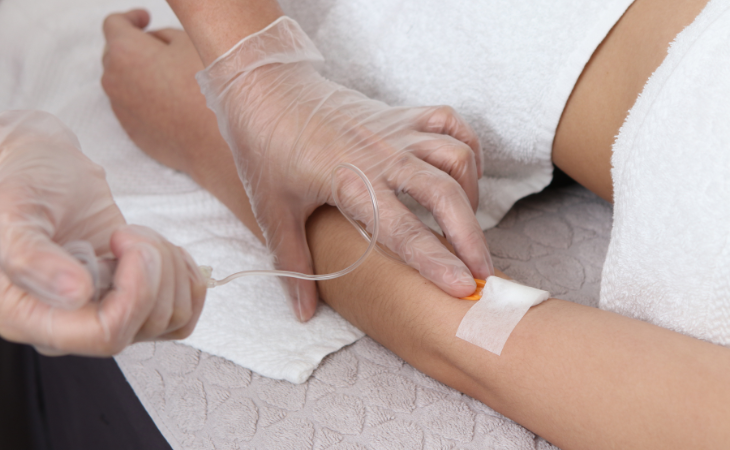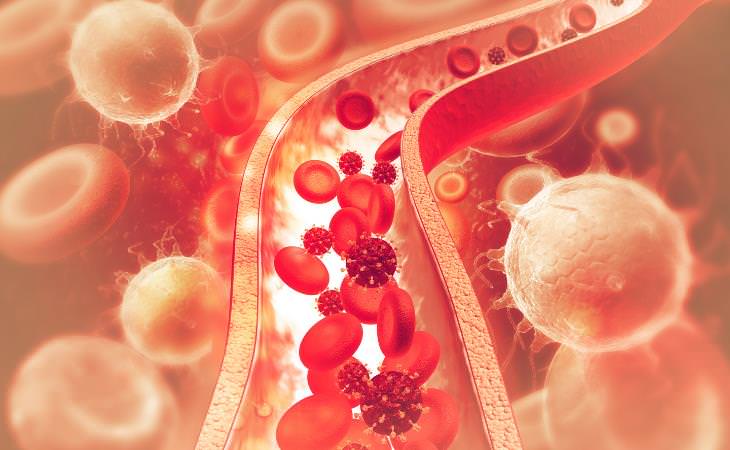Humans need oxygen to survive – a cup a minute, in fact, according to WebMD. This is because oxygen in the blood helps with energy production. In healthy individuals, there’s no dearth of oxygen. However, when we can’t get the amount we need, our bodies begin to suffer rapidly from a lack of oxygen. This can happen when we suffer some injury or have some illness, such as COVID-19. Acute lung trauma, which can cause lung damage, can also lead to oxygen deprivation.
Even a few minutes of oxygen deficiency at the tissue level - where sufficient oxygen doesn't reach the bloodstream - can damage the brain and other organs, and even cause death.
In serious cases, patients who struggle to breathe are put on ventilators to get enough oxygen. However, these machines are scarce and can cause infection and injury to the lungs. We saw this happening frequently during the COVID-19 pandemic. Another option is an Extracorporeal Membrane Oxygenation (ECMO) machine, which carries the patient’s blood outside the body so that oxygen can be added and carbon dioxide can be removed.
Now, there might a better solution. Scientists at Boston Children’s Hospital claim to have developed a device that can inject oxygen directly into the bloodstream through an IV. The researchers haven’t tested the device on humans yet, but have tried it on rats.
"If successful, the described technology may help to avoid or decrease the incidence of ventilator-related lung injury from refractory hypoxemia," the researchers write in their new paper published in the journal PNAS.
How Does The New Technique Work?
Injecting oxygen into the bloodstream directly is risky because it will create an air bubble that can block the blood vessel. This can often be fatal. The new technology claims to overcome this issue.
The scientists say that the experimental device works by directing oxygen-laden liquid through a series of decreasing-sized nozzles that get smaller and smaller. When this procedure is finished, the bubbles are smaller than red blood cells. They can then be injected into the bloodstream without blocking blood vessels.
The study further states that the bubbles are coated in a “lipid membrane” that is similar to the cells in the body. This membrane stops the bubbles from merging to create a larger one and prevents material-related toxicities. Once the solution is injected, the material dissolves and the oxygen is released.
In experiments on donated human blood, blood oxygen saturation levels were lifted from 15 percent to over 95 percent within just a few minutes. When the study was conducted on live rats, the process increased the saturation from 20 percent to 50 percent.
The researchers say that these devices allow them to control the dosage of oxygen delivered and the volume of fluid administered. Both of these are vital in the management of critically ill patients, they write.
A Potentially Life-Saving Technology
While this is a significant development, we need to remember that the experiment hasn’t been conducted on humans yet. Injecting oxygen into the body like this can become complicated if it’s added the wrong way or if too much or too little is added. The team is now likely to test their oxygen injection on larger animals before moving on to human trials.
Looking forward, we can hope that this new device can be utilized to keep people who cannot breathe alive by providing them with life-saving oxygen when ventilators are not available. It can also better prepare the body to be put on ECMO. The study authors are confident that their device could “potentially be integrated into existing ventilators, allowing for seamless integration into existing clinical workflows”. They believe that patients who are injected with the solution from their injection may regain near-normal blood oxygen levels within seconds. This can drastically reduce the incidence of organ injury and cardiac arrest.
Other scientists who studied the paper say that the research team needs make the device more dependable and ensure that it provides at least 10 times more oxygen.
Share this post with your loved ones...


